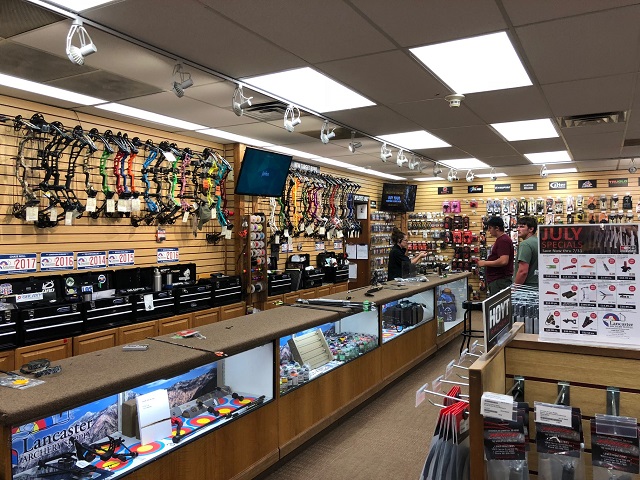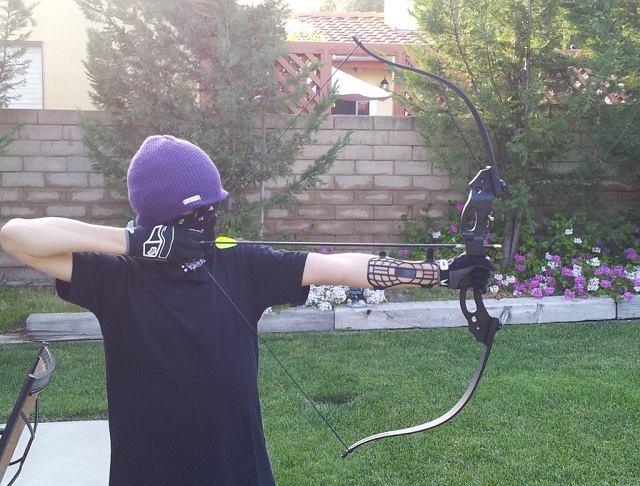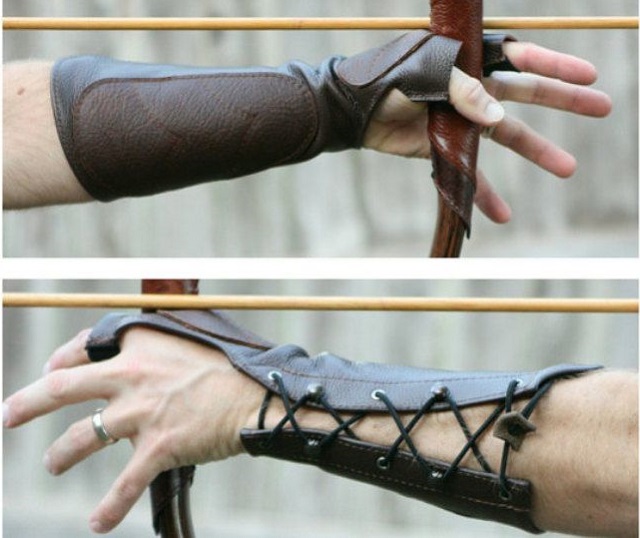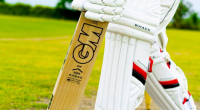The Most Important Archery Gear for Beginners
Archery, just like any other sport, involves a large range of equipment. For archery newcomers, knowing what you need can be a bit confusing without the right guidance. For this reason, in this article, we are going to guide you through the basic archery supplies.

Source: qminder.com
Bow
It is safe to say that the most important part of archery is the bow. The main types of bows are Longbow, Recurve, Compound, and Crossbow. However, there are also some newer types that have been made, such as Sling Bow and Airbow.
The easiest on which to learn, therefore the one recommended for beginners is the recurve bow. In fact, this is also the most common type of bow and can be found in any well-stocked archery supply store. These bows get their name because the ends curve away from the archer. They can be both right-handed and left-handed to suit the individual. Plus, they have an arrow rest on which the arrow sits. Generally, the right size of the bow is within 5 cm (2 inches) of your height.
All in all, you should also consider the main purpose of your bow when you are choosing one, especially if you plan to be part of a competition since some leagues prohibit certain types and speeds of bows.
Arrows
Arrows can be wooden, carbon, aluminium, or a carbon/aluminium combination. It’s important to choose the right arrow stiffness and length. Make sure that the arrow you use is not too short because when you draw it, there is a risk it can fall off the arrow rest and thus damage the bow, or even worse, damage you.
Arrow has 4 components:
- Shaft – the main body of the arrow, and it can be solid wood, or carbon or aluminium tube
- Nock – the groove at the arrow’s end that clips onto the bowstring
- Fletchings – feather or plastic attachments secured to the back of the arrow shaft which helps provide stability during the arrow’s flight
- Pile – simply the point of the arrow, often made of heavier metal than the shaft in order to help the arrow fly straight
For novice archers, arrows with rounded training tips are the recommended option, as they are easy to pull out of foam targets. However, there are also more other advanced arrows made out of carbon fibre that have sharp broadheads which are an important element for the success of the hunt.
For beginners are recommended lighter arrows as they can accurately travel long distances at high speeds. On the flip side, heavier ones are more suitable for skilled bowhunters.

Source: hunthacks.com
Bow String and Bow Stringer
The sting of a bow is, in fact, used to transfer the energy to the arrow. It’s important to use the right length of string for your bow and ensure they’re high-quality and properly waxed. Typically, they’re made of a hydrocarbon product called Dyneema.
The bow stringer archery supply is used to string and unstring a bow. It makes it easier to string your bow, but it also makes it safer to do it. However, for your own safety, it’s recommended to learn to do this under the guidance of an experienced arch or coach.
Bracer
This part of the archery equipment is used to keep loose clothing from getting in the way of the string, as well as to stop the string from hitting the arm, which in turn could cause bruising. The bracer is fitted to the inside of the arm holding the bow, i.e. between the wrist and the elbow joint.
Targets
If you are a beginner, you should have a proper target to practice with. There’s no doubt that it will improve your aim as you gradually increase your distance from it over time. A target is composed of three parts: a target face (typically made of reinforced paper), a boss (made from tightly packed rubber or straw that stops the arrows safely) and a stand (which holds the boss and target face in place).

Source: pinterest.com
Gloves and Arm Guards
Pulling the bowstring over and over during practice can be quite painful and damaging to the archer’s hand, especially for a beginner who is still learning proper hand placement. For this reason, it’s good to wear gloves that can prevent calluses and may feel more comfortable for you to use when drawing back the bow.
You also need to wear a guard on the arm to protect your bow arm from abrasion when an arrow is released. So, until you have mastered proper stance and can naturally avoid the bowstring, it is good to continue wearing an arm guard.
Quiver
A quiver is a container that will hold your arrows. You need at least one quiver, regardless of what types of archery you are into. There are back, hip, and quivers that attach directly to compound bows. Using a quiver will help you maintain a proper archery form and will increase the rate you release arrows.



